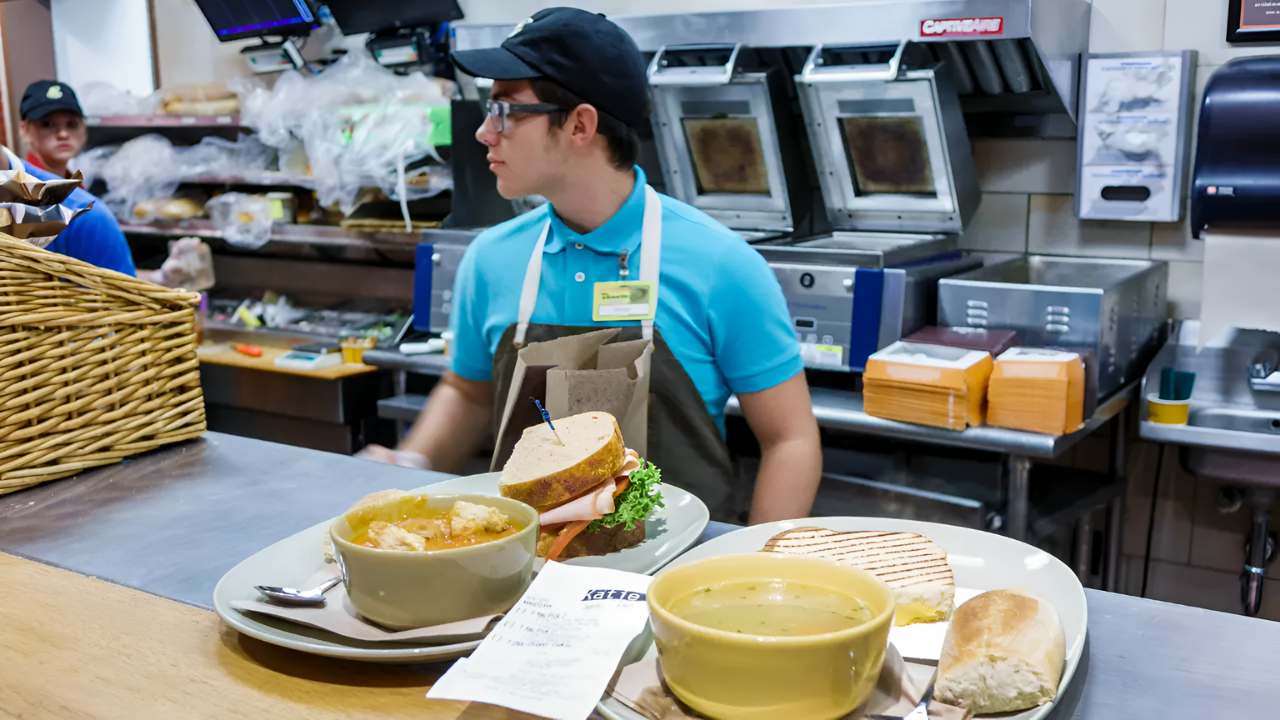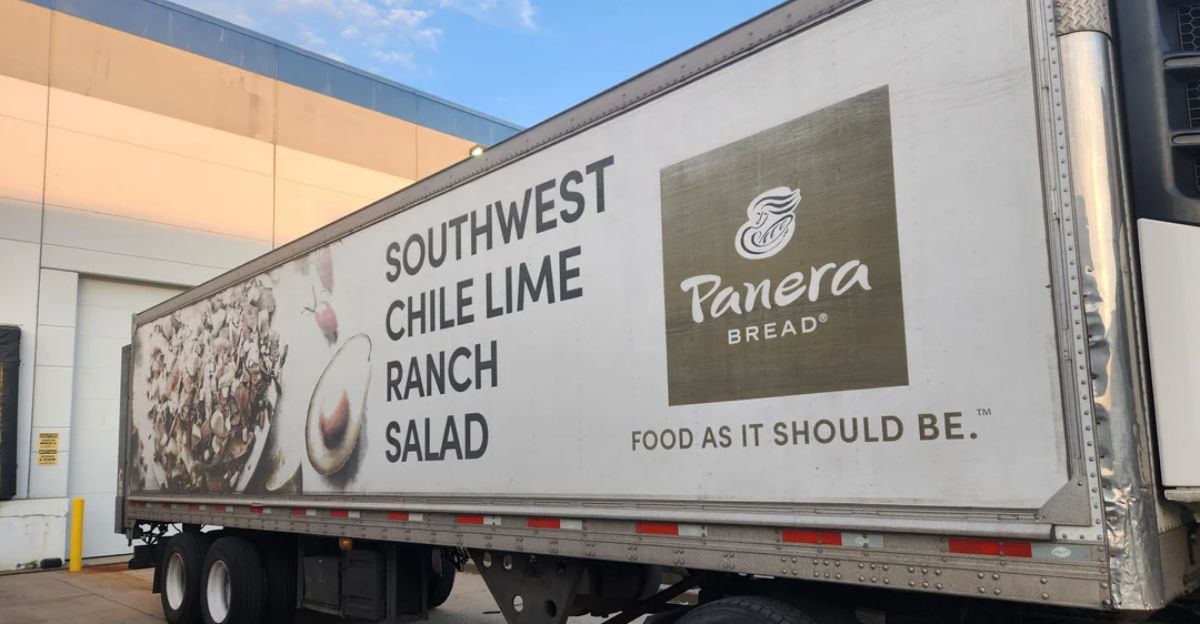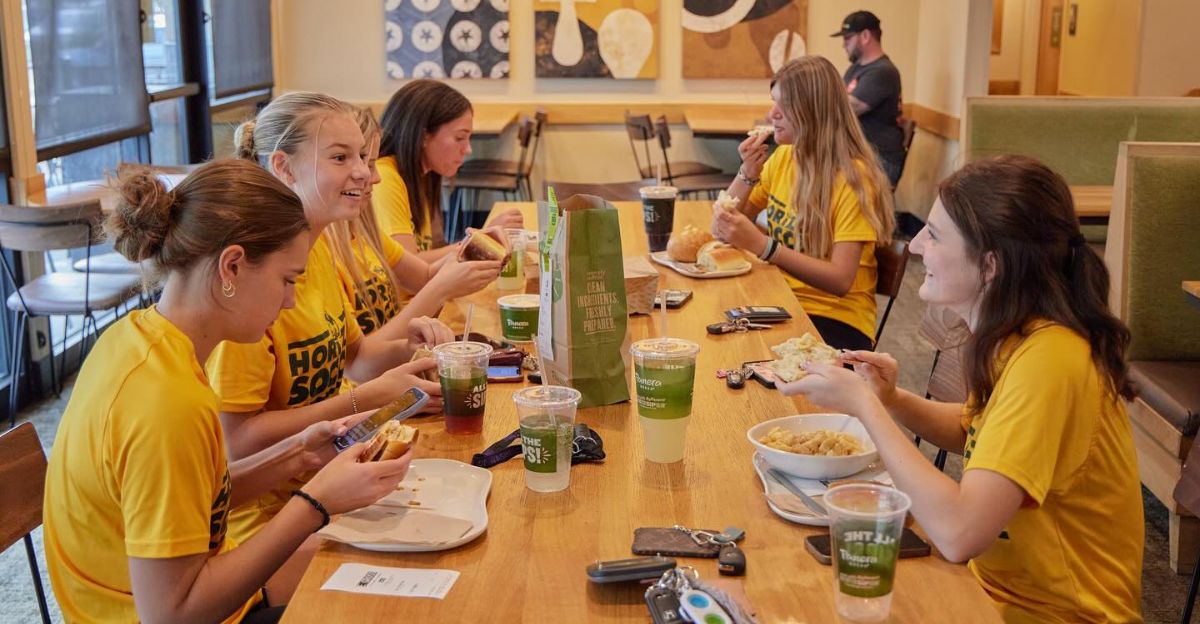
In early 2025, a sense of urgency swept through Panera Bread’s headquarters. Once the dominant force in fast-casual dining, the company had just reported a 5.1% sales drop for 2024—translating to roughly $305 million in lost revenue. The brand, now trailing behind Chipotle and Panda Express, faced a defining crossroads. New CEO Paul Carbone confronted the reality that Panera’s future hinged on its ability to reverse a steep decline and win back customers who had lost faith in the brand.
The Cost-Cutting Trap
Panera’s troubles began with a series of incremental cost-cutting measures. In an effort to protect margins, the company reduced portion sizes, trimmed staff, and substituted lower-quality ingredients. These changes, though subtle at first, gradually eroded the dining experience that had once set Panera apart. Customers noticed the difference. As prices crept up and value diminished, many loyal patrons began to look elsewhere for their meals.
The impact was swift and severe. Panera’s reputation for quality and comfort faded, leading to a mass exodus of customers. The fallout extended beyond lost sales: store closures and layoffs rippled across Panera’s 2,200 U.S. locations, deepening the crisis and shaking employee morale.
Franchisees Under Pressure

About half of Panera’s U.S. restaurants are operated by franchisees, who found themselves squeezed between corporate demands and shrinking profits. As headquarters pushed for renewed investment in staffing and ingredients to restore quality, many franchise owners struggled to keep up. The divide between corporate leadership and franchise operators widened, with some unable to maintain the standards that had once defined the Panera experience.
This tension threatened the stability of Panera’s network. Franchisees, facing higher costs and uncertain returns, questioned whether the brand’s turnaround strategy could succeed without more support and flexibility from the top.
Competitors Seize the Moment

While Panera faltered, rivals like Chipotle and Panda Express capitalized on the opportunity. Both chains maintained their commitment to quality and customer service, drawing in diners who had grown dissatisfied with Panera. The competitive landscape shifted quickly, with Panera slipping to third place in the fast-casual sector.
Other restaurant chains took note. The industry watched as Panera’s struggles prompted a broader reassessment of cost-cutting strategies and their long-term consequences. Chains such as TGI Fridays and Hooters began their own turnarounds, focusing on quality and guest experience to avoid similar pitfalls.
A Return to Quality
Recognizing the need for dramatic change, Panera launched a comprehensive operational overhaul. The company reinstated high-quality ingredients, including the return of all-romaine lettuce salads, and updated supplier partnerships to ensure consistency. The menu was revamped to emphasize freshness and nutrition, aligning with the growing demand for healthier dining options.
Restoring employee morale became a central pillar of the recovery plan. Panera invested in staff training and job security, aiming to bring back the warm, welcoming atmosphere that had once defined its restaurants. The company’s leadership acknowledged that front-line workers were essential to rebuilding trust with customers.
Navigating Economic Headwinds

Panera’s turnaround efforts unfolded against a backdrop of rising inflation and escalating food and labor costs. The company was forced to raise menu prices, sparking debate about whether customers were still getting value for their money. This challenge was not unique to Panera; the entire fast-casual industry grappled with how to balance affordability and quality in a competitive market.
To stay relevant, Panera’s competitors doubled down on menu innovation, customer service, and store upgrades. The fast-casual sector as a whole began to shift, with brands racing to adapt to changing consumer expectations and avoid the mistakes that had led to Panera’s decline.
Looking Ahead

Panera’s ambitious goal is to reach $7 billion in sales by 2028, a target that has drawn close scrutiny from investors and industry analysts. The company’s success or failure will serve as a bellwether for the fast-casual sector, offering lessons on the risks of cost-cutting and the importance of delivering consistent value.
As Panera rolls out its turnaround strategy, customers can expect to see improved portion sizes, fresher ingredients, and a renewed focus on service. The next few years will determine whether Panera can reclaim its former glory or if the competition will continue to outpace it. The outcome will shape not only Panera’s future but also the broader direction of the restaurant industry as it adapts to evolving consumer demands.